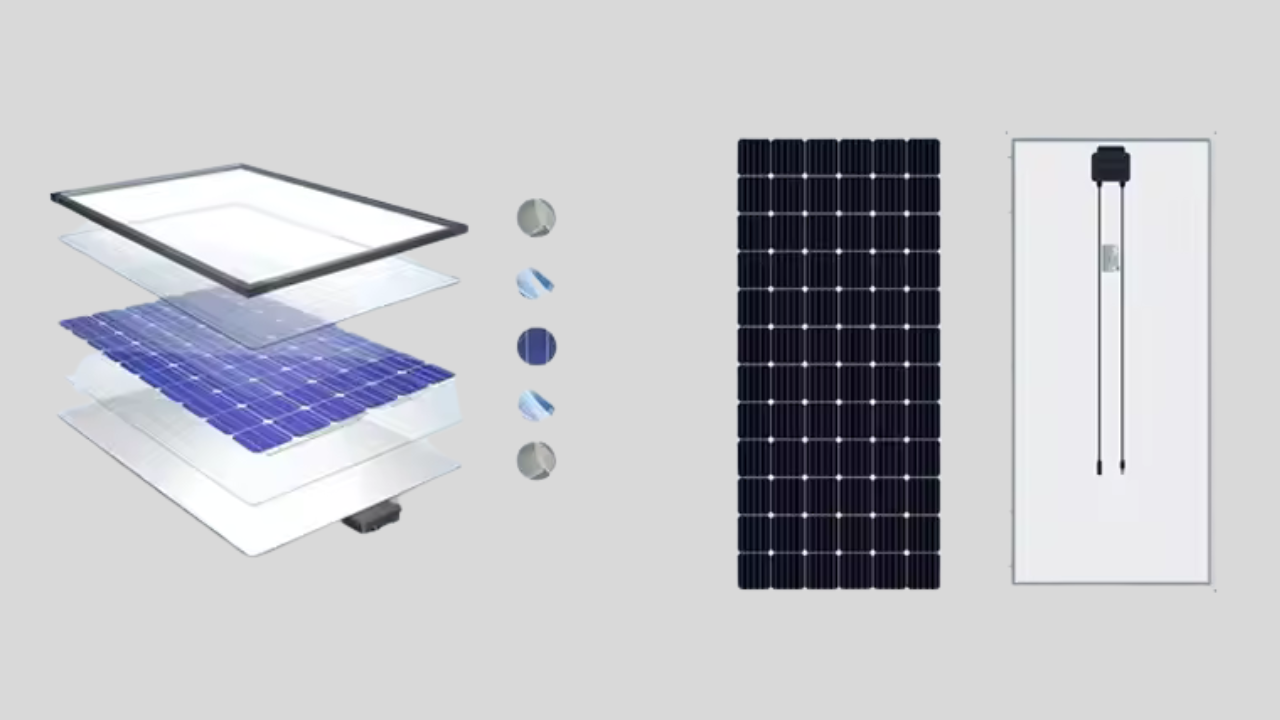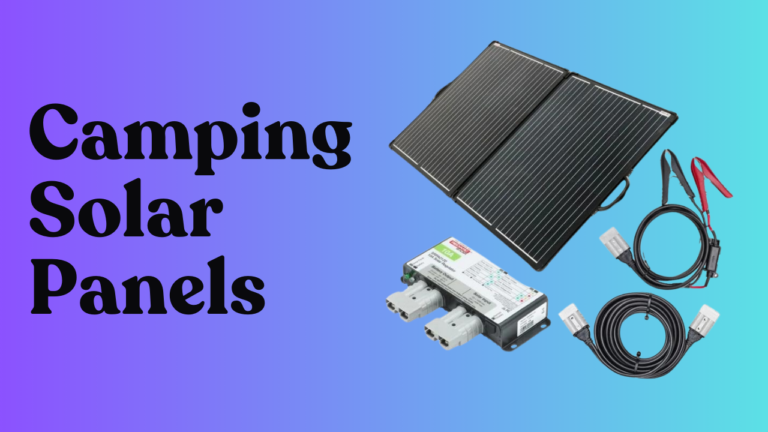How Are Solar Panels Made?
Solar panels have become a popular and effective way to harness the power of the sun to generate electricity. But have you ever wondered how these panels are made? The process of making solar panels involves several stages, from refining raw materials to assembling the final product. In this article, we will explore the step-by-step process of making solar panels in a simple and engaging way.
Step 1: Collecting the Raw Materials
The primary material used in making solar panels is silicon. Silicon is an abundant element found in sand, making it an ideal choice for solar technology. However, the silicon used in solar panels needs to be purified to ensure high efficiency. Manufacturers extract and refine silicon from quartz rocks through a complex heating and chemical process.
Step 2: Purifying and Forming Silicon Wafers
Once the raw silicon is extracted, it undergoes a purification process known as the “Czochralski Process.” In this process, silicon is melted at high temperatures and then slowly cooled to form a large crystal called an ingot. The ingot is then sliced into thin discs called wafers. These wafers serve as the foundation of solar cells.
Step 3: Treating the Silicon Wafers
To enhance the ability of silicon wafers to capture sunlight and convert it into electricity, they undergo several treatments:
- Doping: Special materials like phosphorus and boron are added to the wafers to create a positive and negative charge, forming a semiconductor.
- Texturing: The surface of the wafer is textured to reduce reflection and increase light absorption.
- Coating: An anti-reflective coating is applied to maximize sunlight absorption and improve efficiency.
Step 4: Creating Solar Cells
After the silicon wafers are treated, they are transformed into solar cells. This step involves placing metal conductors on the surface of the wafers to create an electrical circuit. When sunlight hits the solar cells, electrons are set in motion, generating electricity. Individual solar cells produce a small amount of power, so they must be connected to form a complete solar panel.
Step 5: Assembling the Solar Panel
Once the solar cells are ready, they are arranged in a grid pattern and enclosed in a protective layer. This assembly includes:
- Glass Cover: A strong, transparent glass layer is placed on top of the cells to protect them from weather conditions.
- Encapsulation Layer: Special materials like EVA (ethylene vinyl acetate) are used to seal and protect the cells.
- Backsheet: The back of the panel is covered with a durable material to provide additional protection.
- Aluminum Frame: A sturdy aluminum frame is added to hold everything together and provide structural support.
Step 6: Wiring and Testing the Solar Panel
To make the solar panel functional, wiring is installed to connect the solar cells and allow electricity to flow. After the wiring is completed, the panels undergo rigorous testing. Manufacturers expose the panels to artificial sunlight to ensure they generate the expected amount of electricity. They also test for durability, weather resistance, and efficiency.
Step 7: Adding an Inverter and Final Assembly
Solar panels generate direct current (DC) electricity, but most homes and businesses use alternating current (AC). To make the electricity usable, an inverter is added to convert DC power into AC power. Some solar panels come with built-in microinverters, while others require an external inverter system.
Step 8: Installation and Use
Once the panels pass all quality control tests, they are packaged and shipped to customers. Installation can be done on rooftops, ground-mounted systems, or even large solar farms. When installed properly, solar panels can provide clean and renewable energy for decades with minimal maintenance.
Future Innovations in Solar Panel Manufacturing
Technology is constantly improving, and new advancements are making solar panels even more efficient and environmentally friendly. Some exciting developments include:
- Thin-Film Solar Panels: These panels are lightweight and flexible, making them easier to install.
- Bifacial Solar Panels: These panels capture sunlight from both the front and back, increasing energy production.
- Recyclable Solar Panels: Researchers are developing ways to recycle old solar panels to reduce waste and make the industry more sustainable.
Conclusion
Solar panels go through an intricate process, from extracting raw materials to assembling and testing the final product. With advancements in technology, solar panels are becoming more efficient, affordable, and accessible for homes and businesses around the world. By choosing solar energy, we can reduce our dependence on fossil fuels and contribute to a cleaner, greener planet. If you’re considering installing solar panels, now is a great time to take advantage of this sustainable energy solution!






